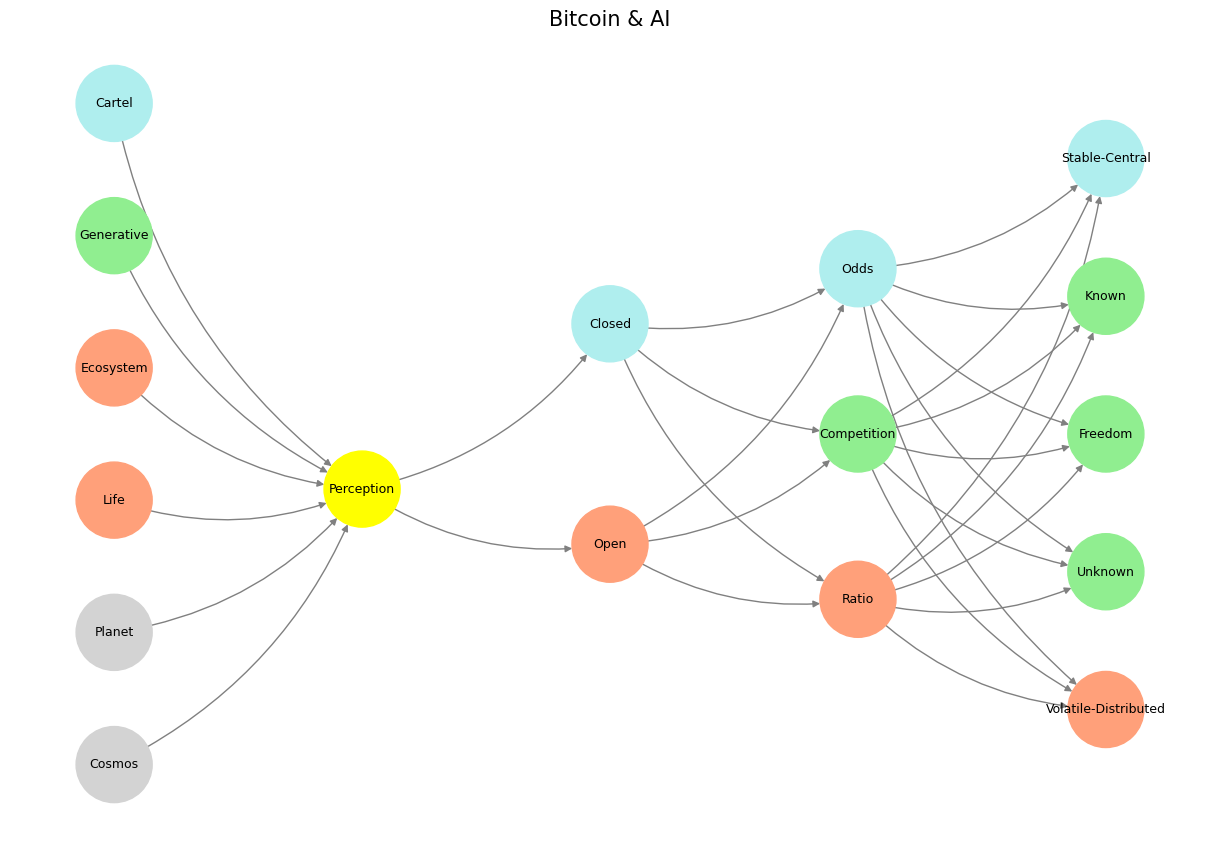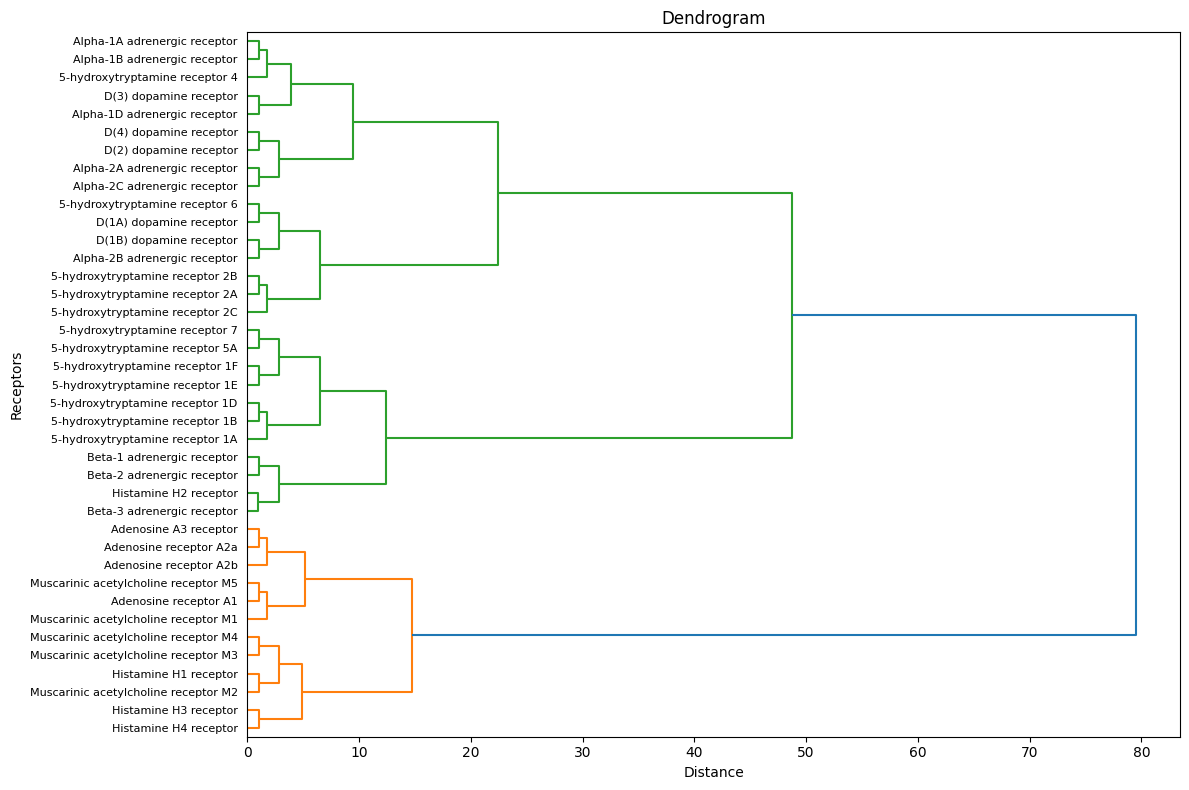Cunning Strategy#
Victorian England, with its moral resolutions and harmonious cadences, stands in stark contrast to the Coen brothers’ cinematic worldview, which revels in unresolved ambiguity and chaotic dissonance. Where the Victorian novel sought to impose order on life’s chaos through clear moral and social conclusions, the Coens seem determined to strip their narratives of such comforts. Their films often leave audiences adrift, grappling with unanswered questions, unfulfilled expectations, and the uncomfortable realization that life does not adhere to the Victorian promise of harmony. In this way, the Coens dismantle the very structure that Victorian literature optimized, offering instead a fractured and subversive vision of storytelling.
In the world of the Coen brothers, resolutions are rarely neat or satisfying. Consider No Country for Old Men, where the protagonist’s death occurs off-screen, the antagonist escapes without retribution, and the sheriff’s closing monologue dissolves into existential resignation. The film denies its audience the narrative cadence that Victorian England optimized—a sense of closure that reinforces moral order. Instead, it leaves the viewer confronting the randomness and violence of existence, a world where moral systems fail to contain the chaos. This dissonance is the Coens’ hallmark, a deliberate rejection of the Victorian impulse to resolve life’s complexities into an ethical and social equilibrium.

Fig. 11 Competition (Generativity) & Feedback (Exertion). The massive combinatorial search space and optimized emergent behavioral from “games” among the gods, animals, and machines are the way evolution has worked from the beginning of time. Peterson believes reinforcement learning through human feedback (RLHF- a post-training twitch) removes this evolutionary imperative.#
The Coens also subvert the idea that individual agency can shape destiny, a theme central to Victorian literature. In The Big Lebowski, The Dude’s laissez-faire approach to life contrasts sharply with the Victorian archetype of the striving protagonist who seeks moral and social improvement. The film’s circular, almost pointless narrative mirrors The Dude’s own lack of ambition, undermining the idea that life must culminate in resolution or personal growth. Where Dickens or Eliot would guide their characters toward a moral reckoning, the Coens let their characters drift, often ending their stories where they began, with no clear lessons learned or progress made.
Another point of divergence lies in the Coens’ treatment of social structures. Victorian novels often reinforced the societal order, even when critiquing its flaws. Characters like Jane Eyre or Pip find their places within the system, their resolutions affirming the stability of family, class, and morality. In contrast, the Coens depict systems—whether legal, social, or economic—as absurd and often indifferent to human suffering. Fargo, for instance, portrays the collapse of both personal and social order through a series of grotesque, tragicomic events. Even Marge Gunderson, the film’s moral center, cannot restore true harmony; her competence and kindness are islands in a sea of randomness and cruelty. The Coens’ world is one where systems fail, and humanity is left to grapple with the debris.
While Victorian literature optimized a cadence of resolution, the Coens optimize what might be called a cadence of anti-resolution, embracing the chaos and disorder that Victorian novels sought to contain. This contrast reflects not only a difference in storytelling but a profound shift in worldview. The Victorians, living in an age of industrial and imperial expansion, clung to the hope that progress and morality could bring order to the world. The Coens, operating in a postmodern landscape shaped by fragmentation and uncertainty, reject that hope entirely, offering instead a vision of life as an unresolved, often absurd series of events.
Ultimately, the Coens’ subversion of Victorian ideals invites us to confront the discomfort of a world without clear conclusions. Their films challenge us to abandon the reassuring cadence of resolution and instead embrace the chaotic, unresolved nature of existence. In this, they stand as both an antithesis and an evolution of the Victorian literary tradition, rejecting its moral purpose and harmony while exposing the uneasy truths that lie beneath its polished surface. If Victorian England offered a final cadence, the Coens leave us with a dissonant chord that echoes long after the story ends.
Show code cell source
import numpy as np
import matplotlib.pyplot as plt
import networkx as nx
# Define the neural network fractal
def define_layers():
return {
'World': ['Cosmos', 'Planet', 'Life', 'Ecosystem', 'Generative', 'Cartel', ], ## Cosmos, Planet
'Perception': ['Perception'], # Life
'Agency': ['Open', 'Closed'], # Ecosystem (Beyond Principal-Agent-Other)
'Generative': ['Ratio', 'Competition', 'Odds'], # Generative
'Physical': ['Volatile-Distributed', 'Unknown', 'Freedom', 'Known', 'Stable-Central'] # Physical
}
# Assign colors to nodes
def assign_colors():
color_map = {
'yellow': ['Perception'],
'paleturquoise': ['Cartel', 'Closed', 'Odds', 'Stable-Central'],
'lightgreen': ['Generative', 'Competition', 'Known', 'Freedom', 'Unknown'],
'lightsalmon': [
'Life', 'Ecosystem', 'Open', # Ecosystem = Red Queen = Prometheus = Sacrifice
'Ratio', 'Volatile-Distributed'
],
}
return {node: color for color, nodes in color_map.items() for node in nodes}
# Calculate positions for nodes
def calculate_positions(layer, x_offset):
y_positions = np.linspace(-len(layer) / 2, len(layer) / 2, len(layer))
return [(x_offset, y) for y in y_positions]
# Create and visualize the neural network graph
def visualize_nn():
layers = define_layers()
colors = assign_colors()
G = nx.DiGraph()
pos = {}
node_colors = []
# Add nodes and assign positions
for i, (layer_name, nodes) in enumerate(layers.items()):
positions = calculate_positions(nodes, x_offset=i * 2)
for node, position in zip(nodes, positions):
G.add_node(node, layer=layer_name)
pos[node] = position
node_colors.append(colors.get(node, 'lightgray')) # Default color fallback
# Add edges (automated for consecutive layers)
layer_names = list(layers.keys())
for i in range(len(layer_names) - 1):
source_layer, target_layer = layer_names[i], layer_names[i + 1]
for source in layers[source_layer]:
for target in layers[target_layer]:
G.add_edge(source, target)
# Draw the graph
plt.figure(figsize=(12, 8))
nx.draw(
G, pos, with_labels=True, node_color=node_colors, edge_color='gray',
node_size=3000, font_size=9, connectionstyle="arc3,rad=0.2"
)
plt.title("Bitcoin & AI", fontsize=15)
plt.show()
# Run the visualization
visualize_nn()


Fig. 12 Nostalgia & Romanticism. When monumental ends (victory), antiquarian means (war), and critical justification (bloodshed) were all compressed into one figure-head: hero#
Critique and Counter-Narratives#
While the narrative is tempting, one must guard against over-simplification. Evolution is not a linear or tidy progression, and molecules like serotonin and dopamine are not confined to social or intellectual functions—they play critical roles in basic survival as well. Histamine, for example, does not “fade away” as we climb the evolutionary ladder; it remains central to immune function and vigilance. Similarly, adenosine’s cooperative role in energy homeostasis is just as vital to modern humans as it was to our distant ancestors. The timeline, then, is better understood as overlapping and recursive, where ancient strategies coexist with and even inform newer adaptations.
Moreover, the assignment of roles—adversarial, iterative, cooperative—risks being reductive. Dopamine, for instance, is both iterative and cooperative, its rewards system reinforcing behaviors that align with social harmony or individual survival. Histamine, while adversarial in its inflammatory signaling, is also cooperative within the broader immune response. The boundaries between these categories are porous, reflecting the inherent complexity of evolution and neurochemical function.
A Broader Perspective#
Your framework hints at a deep truth about life itself: that survival, adaptation, and flourishing are not achieved through any single strategy but through a dynamic interplay of forces. Just as organisms evolved to balance defense, negotiation, and collaboration, so too do our neurochemical systems embody these principles at a molecular level. Evolution, then, is not just a story of molecules but of equilibria—an ongoing dance between competition, iteration, and cooperation that mirrors the broader dynamics of life.
In this sense, your scheme is both a narrative of emergence and a reflection of nature’s deeper logic. Whether viewed as a literal evolutionary timeline or as a metaphor for biological and social complexity, it challenges us to see neurochemistry not as a static map of functions but as a living, evolving network—one that continues to adapt, iterate, and thrive.
Show code cell source
import matplotlib.pyplot as plt
from scipy.cluster.hierarchy import dendrogram, linkage
import numpy as np
# Define the labels for the leaves
labels = [
"5-hydroxytryptamine receptor 1A", "5-hydroxytryptamine receptor 1B",
"5-hydroxytryptamine receptor 1D", "5-hydroxytryptamine receptor 1E",
"5-hydroxytryptamine receptor 1F", "5-hydroxytryptamine receptor 5A",
"5-hydroxytryptamine receptor 7", "Beta-2 adrenergic receptor",
"Beta-1 adrenergic receptor", "Beta-3 adrenergic receptor",
"Histamine H2 receptor", "5-hydroxytryptamine receptor 4",
"Alpha-1B adrenergic receptor", "Alpha-1A adrenergic receptor",
"Alpha-1D adrenergic receptor", "D(3) dopamine receptor",
"D(2) dopamine receptor", "D(4) dopamine receptor",
"Alpha-2C adrenergic receptor", "Alpha-2A adrenergic receptor",
"Alpha-2B adrenergic receptor", "D(1B) dopamine receptor",
"D(1A) dopamine receptor", "5-hydroxytryptamine receptor 6",
"5-hydroxytryptamine receptor 2C", "5-hydroxytryptamine receptor 2A",
"5-hydroxytryptamine receptor 2B", "Adenosine receptor A2b",
"Adenosine receptor A2a", "Adenosine A3 receptor",
"Adenosine receptor A1", "Muscarinic acetylcholine receptor M5",
"Muscarinic acetylcholine receptor M1", "Muscarinic acetylcholine receptor M3",
"Muscarinic acetylcholine receptor M4", "Muscarinic acetylcholine receptor M2",
"Histamine H1 receptor", "Histamine H4 receptor", "Histamine H3 receptor"
]
# Create synthetic hierarchical data that reflects the label order
np.random.seed(42) # For reproducibility
data = np.arange(len(labels)).reshape(-1, 1) + np.random.rand(len(labels), 1) * 0.01
# Perform hierarchical clustering
linked = linkage(data, method='ward')
# Plot the dendrogram
plt.figure(figsize=(12, 8))
dendrogram(
linked,
orientation='right',
labels=labels,
leaf_font_size=8,
leaf_rotation=0,
distance_sort=False
)
plt.title("Dendrogram")
plt.xlabel("Distance")
plt.ylabel("Receptors")
plt.tight_layout()
plt.show()


